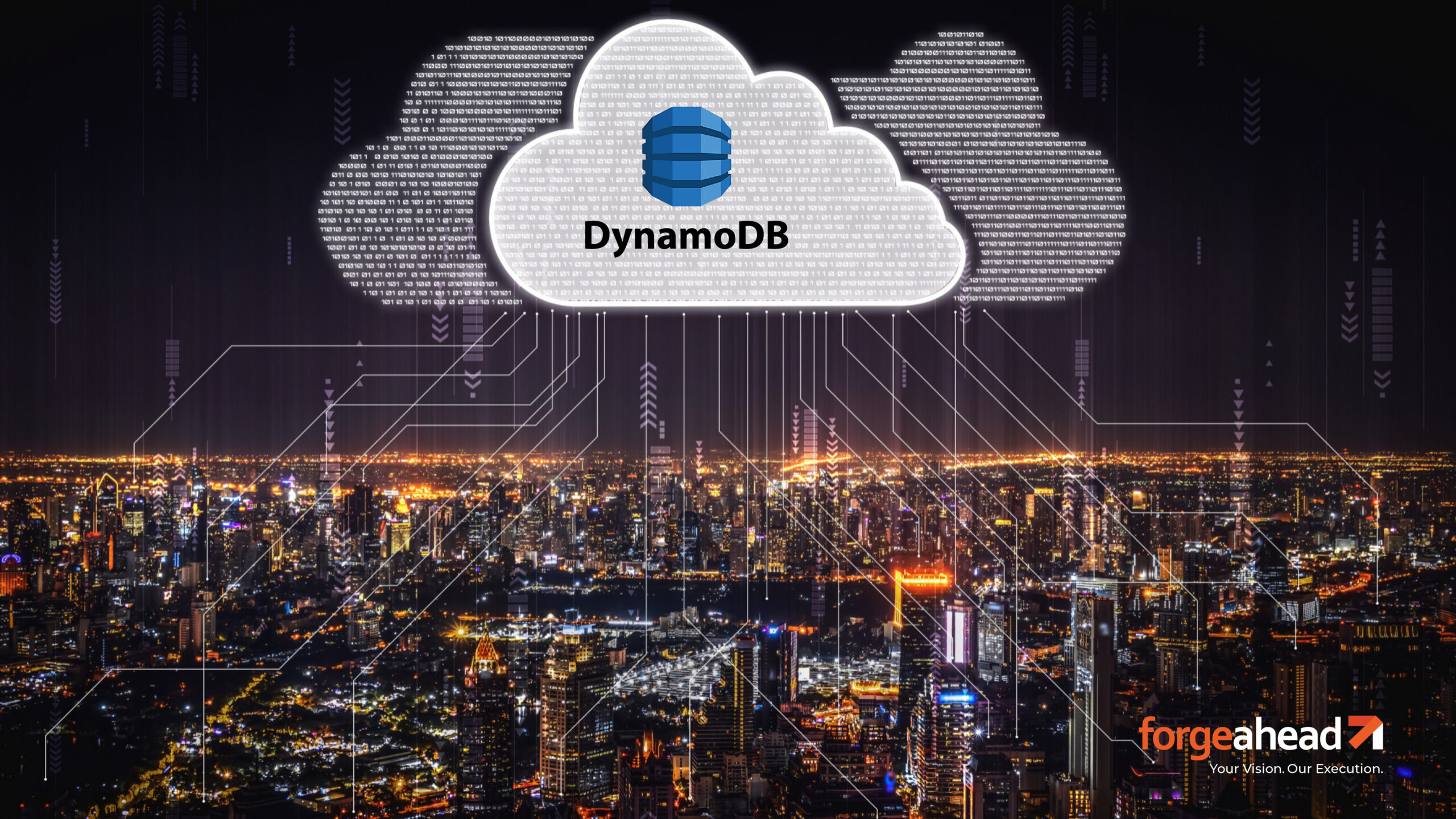Did you know? Enterprises on average waste approximately 85% of their server capacity. According to a study by IBM, the average rate of server utilization is only 12-18%. Such poor utilization isn’t just bad from an energy consumption point of view but also from overall (avoidable) costs. This is one reason why many organizations feel confident in embracing innovations like Kubernetes and serverless. They present two major attractions. You never waste server capacity. This means that you never waste money.
But building cloud products with serverless comes with its own set of challenges. It isn’t as easy as it seems.
Issues with Serverless
In today’s fast-paced era, serverless offers several compelling benefits: from better scalability and security to increased visibility, reliability, and flexibility. In addition, the ability of serverless architectures to integrate seamlessly with SaaS, off-the-shelf solutions, and routine business systems like payment processing, notification systems, and authentication make it an extremely sought-after option for software development.
But building robust serverless applications and maintaining them over time can be harder than it seems. The migration process is also extremely complex, restricting businesses from focusing on the big picture – their users! Here are some issues organizations commonly face while building cloud products with serverless:
1. Latency
Although serverless architectures help in curtailing the problem of server utilization, they also bring about the challenge of latency. If a serverless function is not used for some time or has never been invoked before, the business would have to initialize a new container or virtual machine to run the function, which can introduce latency. This can impact application performance and user experience, especially for real-time and highly responsive applications.
2. Limited Execution Time
Most serverless functions have a maximum execution time limit imposed by the cloud provider. If any function exceeds this limit, it will get automatically terminated. Long-running tasks or operations may not be well-suited for serverless architectures.
3. Monitoring and Debugging
Given how serverless functions are hosted and distributed, the environment they’re in is difficult to test and debug. To trace the flow of events across various functions, developers must recreate an entire serverless environment. They must also monitor and observe their applications continuously to avoid coding issues from cropping up.
4. Vendor Lock
Transitioning to a serverless architecture can also lead to vendor lock-in issues. Since different cloud providers have their own proprietary implementations, it can be challenging to switch providers without significant changes to the underlying codebase and infrastructure.
5. Cost Optimization
Although serverless computing is expected to be cost-effective for most workloads, it may not always be the case. Since most platforms bill in small units of execution time for complex functions, the cost can be humongous. Optimizing costs requires careful consideration of function duration, frequency of invocations, and resource allocation.
Tips and Best Practices For Serverless Applications
Building robust, cost-efficient, and secure serverless cloud applications requires you to embrace certain tips and best practices. Here’s how you can make the most of the benefits that serverless computing offers:
Automate Testing and Deployment
Accelerating outcomes from serverless technologies requires you to automate the testing and deployment process. You must implement continuous integration and continuous deployment (CI/CD) pipelines and also embrace comprehensive automated test suites to ensure the effective performance of functions under various scenarios.
Leverage Shared Resources
Utilizing shared resources across storage and databases is a great way to minimize costs and promote consistency across functions. You could also reuse code and libraries to streamline development and reduce redundancy.
Centralize Logging
Centralizing logging is a great way to gather logs from all functions and services and facilitate comprehensive troubleshooting and monitoring. This way, you can easily monitor function performance, error rates, and resource usage, identify issues in time, and optimize efficiency.
Ensure Adaptive Scaling
If you want to make the most of serverless architecture, you must build applications that can scale capacity automatically and intelligently. Not only does adaptive scaling ensure optimum performance and quality infrastructure, but it also helps in curtailing unnecessary costs and improving ROI.
Enable Continuous Monitoring
Serverless architectures carry various costs across testing, data transfer, scalability, third-party services, and more. To limit costs and minimize expenses, you must regularly analyze usage patterns and optimize resource allocation. Make use of advanced tools to estimate the cost of your serverless application before deployment.
Strengthen Security
Serverless architectures can be prone to attacks. To minimize the chances, you must look at different ways to strengthen security. Grant functions minimum required permissions to access resources and reduce the attack surface. Avoid hardcoding sensitive data and have necessary policies in place for data masking and encryption.
Engage with Experts
If you want to make the cloud migration process easy, you need to engage with experts. Qualified and competent partners can leverage the latest and most powerful serverless frameworks available, making your serverless transition smooth and hassle-free. Bringing in-depth knowledge of modern serverless platforms, these partners can ensure the products and services you develop are agile, cloud-friendly, and scalable.
Go Serverless with Forgeahead
Serverless offers several new and innovative ways of developing and deploying products in a cloud-native environment. At Forgeahead, our AWS serverless service experts can help you decide which strategies suit you best and how you can reduce risk. As a select AWS Consulting Partner, we can help you leverage modern serverless platforms, so you can develop highly available, error-tolerant apps.
Having served as top-tier consultants to major corporations across the globe, our serverless specialists can harness their deep domain knowledge to chalk out vetted migration strategies, giving you that elusive competitive edge! Engage with us today to deliver on your serverless vision, reduce operational costs and efforts, and direct all your energy toward innovation.
FAQ
How does serverless computing work?
In serverless computing, developers write functions and deploy them to a cloud provider. When an event triggers the function (e.g., an HTTP request, database event, etc.), the cloud provider dynamically allocates resources to execute the function. Once the execution is complete, resources are deallocated, and you only pay for the compute time used.
What are the benefits of serverless applications?
Benefits of serverless applications include reduced operational complexity, cost efficiency due to pay-as-you-go pricing, automatic scaling, and faster time-to-market as developers can focus solely on writing code.
What are some common use cases for serverless applications?
Common use cases include building RESTful APIs, processing data streams, handling real-time file processing, automating tasks, running scheduled jobs, and creating chatbots.
How do serverless applications handle scaling?
Serverless applications handle scaling automatically. The cloud provider dynamically allocates resources based on the incoming workload, scaling up when demand increases and scaling down when demand decreases, ensuring efficient resource utilization.
What programming languages are supported by serverless platforms?
Most serverless platforms support a variety of programming languages, including JavaScript (Node.js), Python, Java, C#, and Go, among others.
Can serverless applications be integrated with other cloud services?
Yes, serverless applications can easily integrate with other cloud services such as databases, messaging services, authentication services, and more, allowing for building comprehensive and robust solutions.



